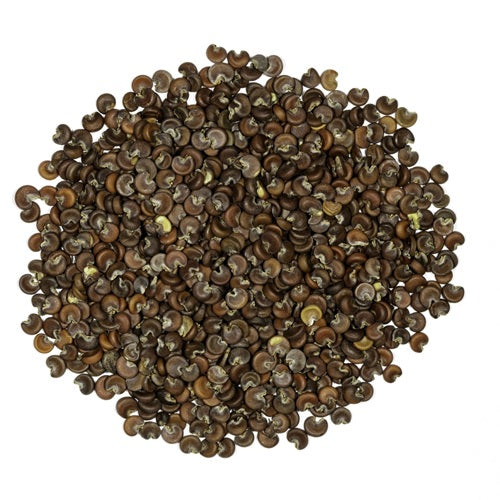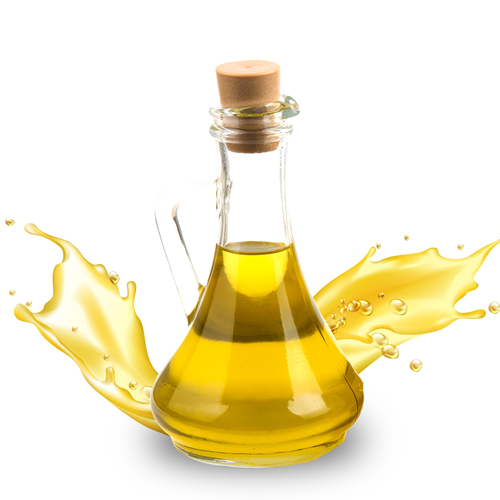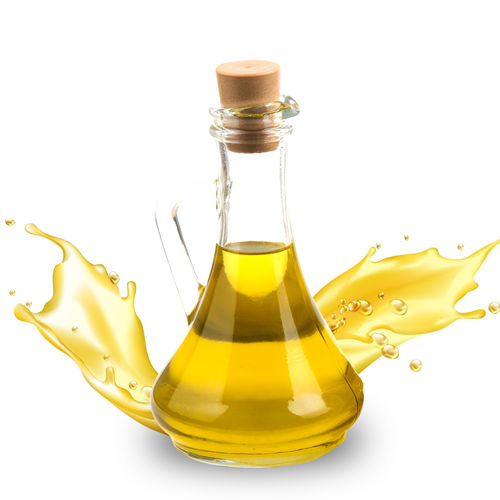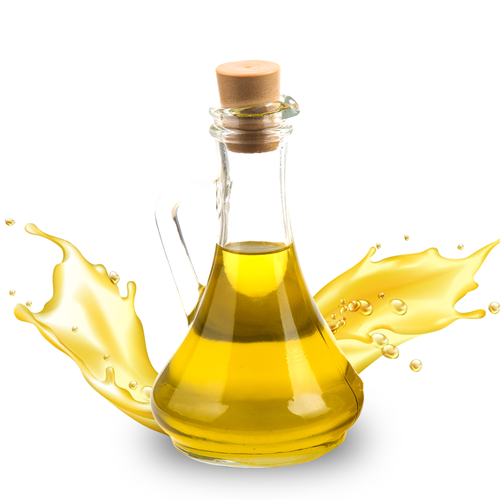Menu
Add description, images, menus and links to your mega menu
A column with no settings can be used as a spacer
Link to your collections, sales and even external links
Add up to five columns
Add description, images, menus and links to your mega menu
A column with no settings can be used as a spacer
Link to your collections, sales and even external links
Add up to five columns
LOOKING FOR BULK INGREDIENTS PRICING?

Benefits of Marshmallow Seeds - Wholesale B2B Bulk Suppliers in Europe
Marshmallow Seeds: Cultivating a Soothing Herb for Wellness and Garden Beauty
Marshmallow Seeds, derived from the Althaea officinalis plant, offer more than just the start of a beautiful flowering herb—they are the gateway to growing one of the most revered traditional medicinal plants in herbalism. Native to Europe, Western Asia, and North Africa, the marshmallow plant has been used for centuries for its soothing, demulcent properties, particularly for respiratory and digestive health. Today, marshmallow is still treasured in both natural medicine and permaculture gardening.
Botanical Profile
-
Botanical Name: Althaea officinalis
-
Family: Malvaceae
-
Plant Part Used: Seeds (for cultivation); roots, leaves, and flowers (for herbal use)
-
Color: Brown to light tan
-
Common Names: Marshmallow, Marsh Mallow, White Mallow, Althaea
Key Constituents
Once grown, the plant contains mucilage, flavonoids, polysaccharides, and phenolic acids—all of which contribute to its therapeutic action.
Health & Garden Benefits of Marshmallow Seeds
-
Grow Your Own Medicinal Herb
Marshmallow seeds allow gardeners and herbalists to cultivate this soft, velvety plant that supports respiratory, digestive, and skin health when harvested and prepared correctly. -
Supports Respiratory Comfort
Once mature, the root and leaves can be used to make teas or extracts that soothe sore throats, coughs, and bronchial irritation thanks to their mucilaginous properties. -
Digestive Relief
Marshmallow root is known for coating the stomach lining and calming issues like heartburn, gastritis, and ulcers. -
Skin-Soothing Uses
The plant can be used externally for wounds, burns, insect bites, and dry skin, making it a gentle ally for sensitive skin. -
Pollinator-Friendly Garden Addition
With pale pink blooms and lush foliage, marshmallow plants are not only medicinal but also attractive to bees and butterflies.
Cultivation and Growing Tips
-
Soil: Prefers moist, well-drained soils—ideally in rich loamy areas.
-
Sunlight: Grows best in full sun to partial shade.
-
Sowing: Start seeds indoors or sow directly in spring. Cold stratification for 3–4 weeks can improve germination.
-
Spacing: Plant seedlings 18–24 inches apart.
-
Harvest: Roots can be dug in the fall of the second year, while leaves and flowers can be harvested during the growing season.
Culinary and Herbal Use of the Plant
-
Herbal teas and decoctions from dried root or leaf
-
Soothing syrups for coughs and colds
-
Herbal skincare salves and poultices
-
Natural remedies in traditional and modern herbal medicine
Precautions
While marshmallow is generally safe when used properly, it may interfere with the absorption of medications due to its mucilage coating the digestive tract. Consult a healthcare provider before using it medicinally.
Final Thoughts
Marshmallow Seeds provide a rewarding opportunity to grow a time-honored herbal ally right in your backyard. Whether you're an herbalist, a home gardener, or someone seeking natural wellness solutions, cultivating marshmallow offers beauty, sustainability, and healing all in one delicate flowering plant.
For bulk orders and inquiries, visit Reveda - Marshmallow Seeds
BUY ONLINE IN USA FROM REVEDA - The leading manufacturer B2B Bulk Wholesale Supplier of Marshmallow Seeds in Europe.
Also in Reveda: Health & Wellness

Benifits Of Omega-3 Fish Oil EE - 460 MG/G EPA & 180 MG/G DHA - Wholesale B2B Bulk Suppliers in USA
Read More
SUBSCRIBE NOW ...
Don't miss to get latest updates on sales, new releases and promotions

